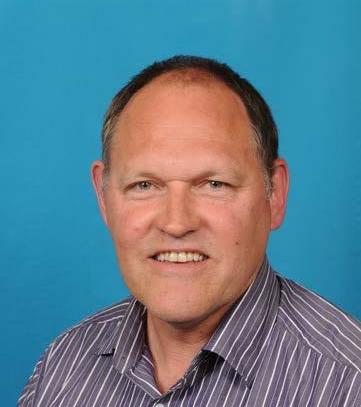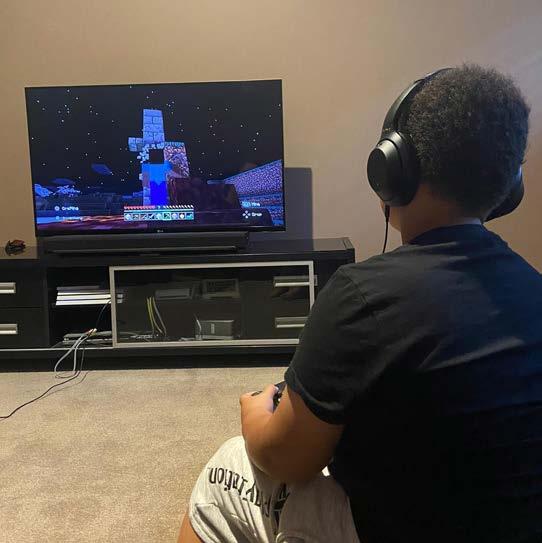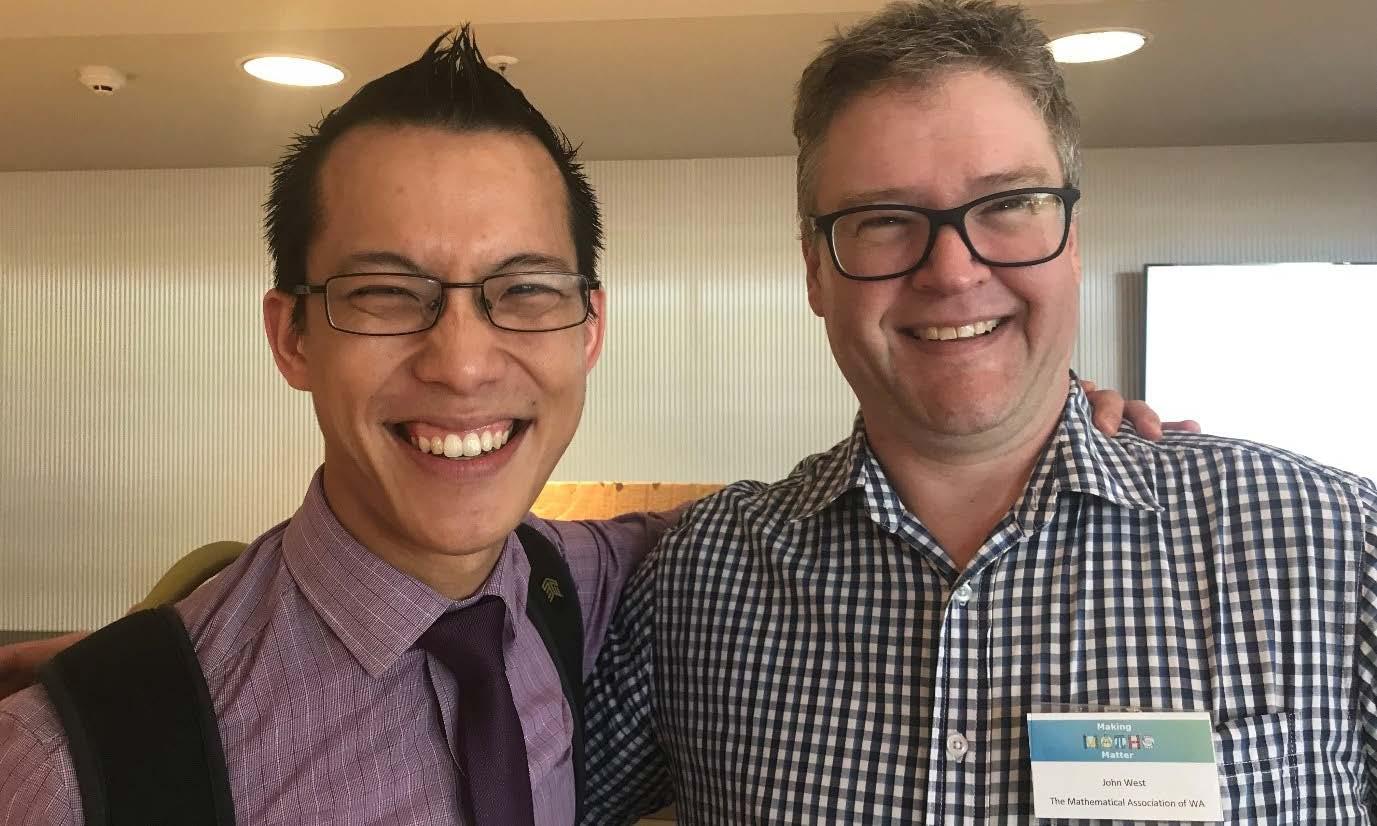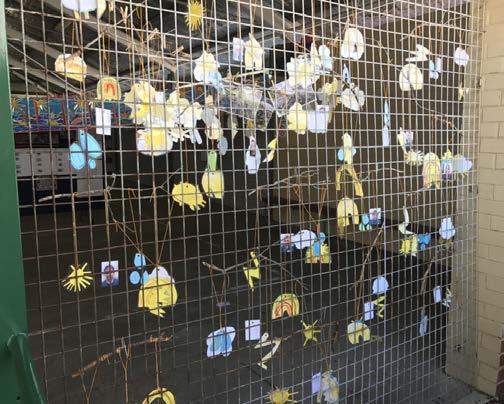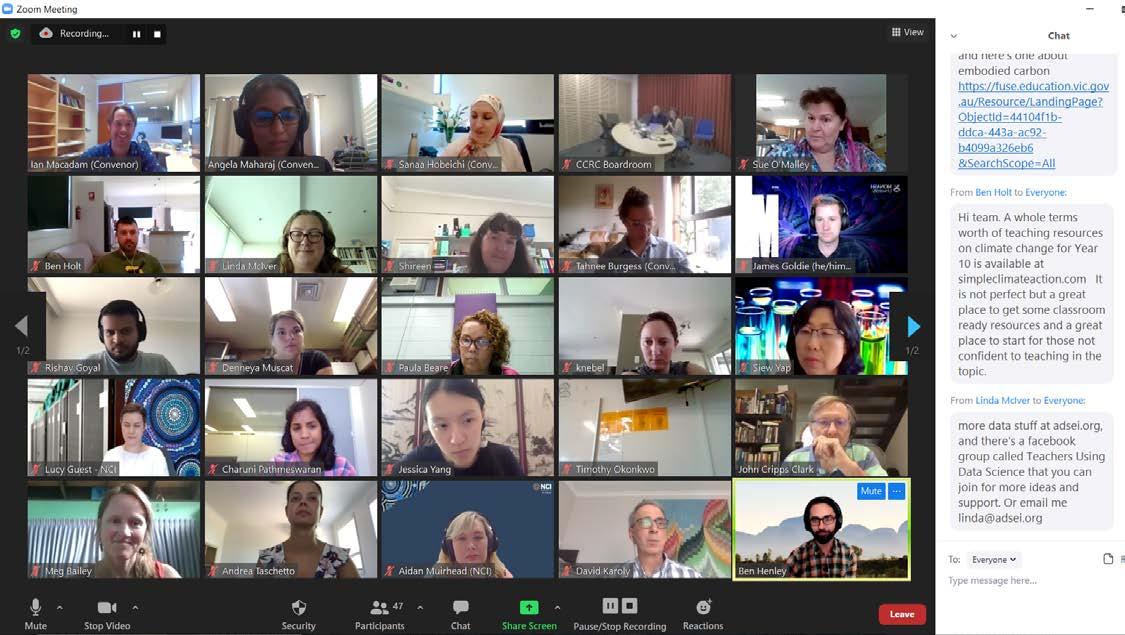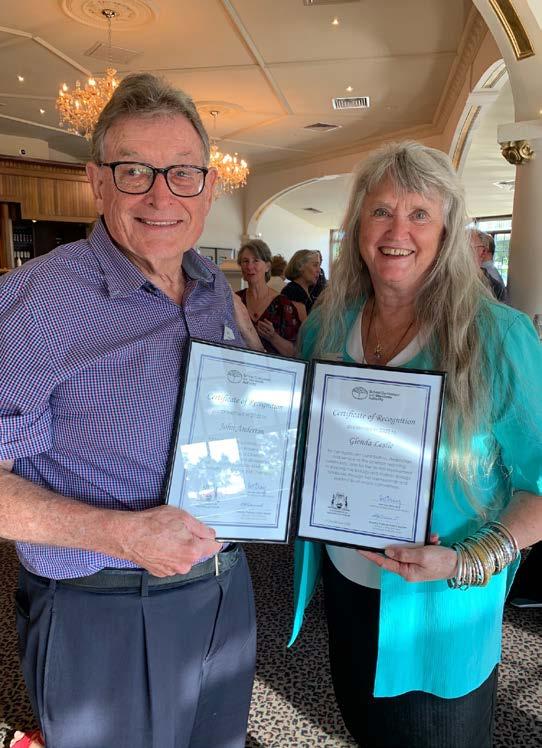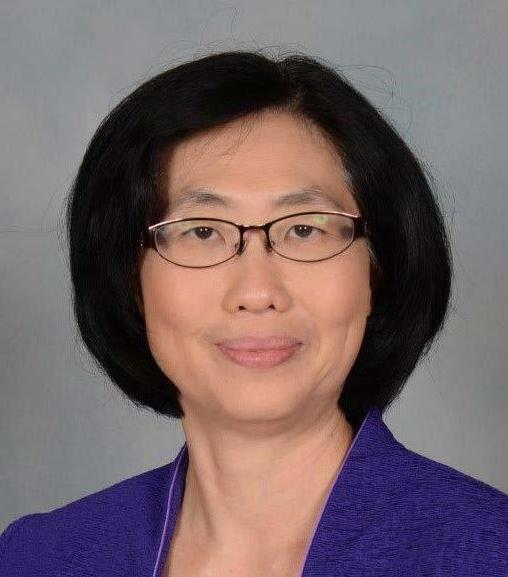
5 minute read
A Tribute to Ray Forma
from SCIOS March 2021 Volume 61
by STAWA
Leon DeLeuil
We are deeply saddened by the passing away of Raymond (Ray) Forma, a Life Member of the Science Teachers’ Association of Western Australia since 1976. Ray was an exceptional teacher of science, science writer, IT technician and teacher, environmentalist, editor and a man of many talents. In Ray, we see an extraordinary man whose work and legacy will live on for many years. His vision, courage, generosity of heart and spirit, with his brilliance and creativity, have inspired many people in education.
Ray was born in South Africa. He graduated as a geologist from the University of Cape Town in 1969. As Ray was politically active in the troubled period, taking part in anti-apartheid demonstrations, his discovery of his name listed as a person of interest to the Bureau of State Security led to his quiet departure to Australia in 1970. Following a period of working as a field geologist in the Pilbara where there was a mining boom in WA, he retrained as a science teacher. His most significant commitment to STAWA began in 1979 when he arrived to teach science at Hollywood Senior High School.
Ray became the inaugural Chairperson of STAWA’s Services Division. Typically, he much preferred the largely unheralded challenge of managing all aspects of STAWA’s burgeoning resource inventory to a more public role. Ray never sought acclamation, but he did relish a challenge. In his services role, Ray established and managed the editing, production, printing, sale and distribution of laboratory manuals, problem books, journals and other publications for the Association. During his tenure, he supervised the production of materials worth an estimated one million dollars, leaving the association with a considerable net profit. Ray was thus a driving force behind establishing many teaching materials that helped STAWA become financially viable in the late 70s and 80s.
In addition to all above, it is worth recording that Ray designed, prepared, and presented an average of two different in-service courses each year for teachers. He presented these courses at STAWA’S annual conference, as well as the conferences of other teachers’ associations. Topics ranged from Elementary desktop publishing for teachers to Interpreting astronomical data tables in your class. Astronomy was always a particular passion: he could quote references from the Messier album at will and wrote many articles for SCIOS and conducted astronomy workshops encouraging teachers to do more. Ray loved CONSTAWA and revelled in the social gatherings as well as the more serious business of running the conference and contributing to the
workshops. Ray became a worthy Life Member in 1988 because of this enormous and multifaceted contribution to STAWA.
Ray’s personal contribution was no less significant as we highlight the following sentiment expressed by one of his colleagues.
“Ray’s kindness and willingness to help other colleagues and students were shared generously…,
This was Ray the deep and creative thinker at his best; always an unflappable and patient listener, well considered in his opinions and wise in his counsel.”
Interestingly, Ray’s deep and creative thinking were best revealed while he was teaching in Hollywood when he more or less singlehandedly instituted a significant change related to computing education.
In 1996 Ray took a part-time position at Methodist Ladies’ College (MLC) teaching IT. His teaching role quickly expanded to include Environmental Studies and Science across Years 7-10. A colleague from MLC remembers Ray as having “… a knack of capturing the imagination of his students and motivating them to think outside the square. His love of, and frequent immersion in, the Australian bush, provided him with a plethora of fascinating tales and demonstrations to amaze and inspire curiosity in his students and colleagues alike.”
Ray always said that in teaching, nothing beats a good diagram and careful succinct explanation followed by lots of doing rather than just listening, a mantra that he successfully applied to teaching his entire career. In the various field activities that Ray conducted at Hollywood and later, at MLC, places like the Field Study Centre at Jarrahdale, at the farms of MLC parents and eventually at his own property in Yallingup, it was the doing of science that was central: students engaged with nature Jane Scott and Ray
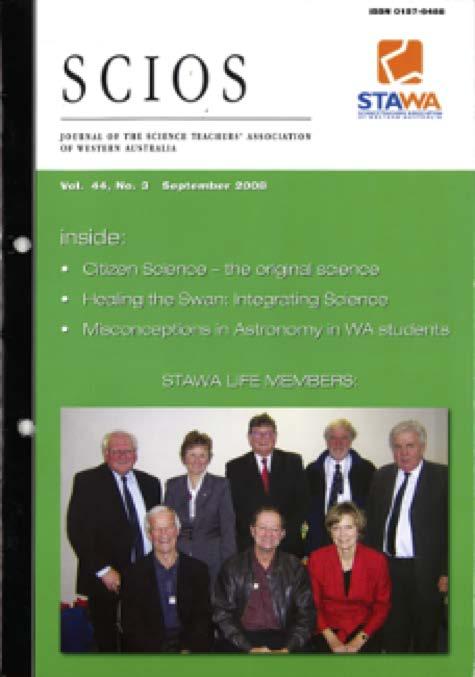
in actual research. In this way, Ray enabled many students to gain a deeper insight into and appreciation for life on the land, the uniqueness of the local Australian flora and fauna and what the night sky can reveal where light pollution is minimal. Astronomy, biology, human biology, geology, physics and chemistry were all equally areas of expertise for him.
For example, along with Head of Environmental Studies at MLC, Ray undertook a long-term project to engage students in the real-world task of rehabilitating the MLC cliff face that runs down to the Swan River. This project continued over several years and began by identifying species present. This was followed by categorising introduced versus native species, staged removal and replanting to restore the original vegetation. While the local community and the school benefitted from this enterprise, along the way Ray and his students were engaged in doing real science in an incredible setting with tangible practical outcomes. It was classic Ray.
Ray retired from MLC and from formal teaching in 2009. But from 1999 on, he was editing, producing and creating, with Jane Scott and Patricia Negus the “Cape to Cape Publishing” enterprise. This work kept him very busy as he did all the photo editing and design of the publications as well as some writing and most of the maps. The first book was a series of day walks called “Walking the Capes” now titled “Walking round in Circles”. The last completely new book was published in 2019: twenty years of locally produced books, locally printed, relating to south-west walks, plants, fungi and more. Ray loved this time where he spent considerable time down south and out in the bush and to refine his now considerable publishing skills.
That man is a success – who leaves the world better than he found it; who has never lacked appreciation of earth’s beauty or failed to express it; who looked for the best in others and gave the best he had. Raymond Heri Theodor Forma passed away, surrounded by his family on 18 January 2021 after a lengthy illness. Ray is buried in Karridale. The little cemetery that he chose is located in his beloved southwest, in a lovely, peaceful place. It is also located – as Ray himself determined – on precisely the same latitude as a beautiful lake called Zeekoe Vlei, with the backdrop of Table Mountain that was his birthplace and playground as a child in South Africa. Classic Ray.

